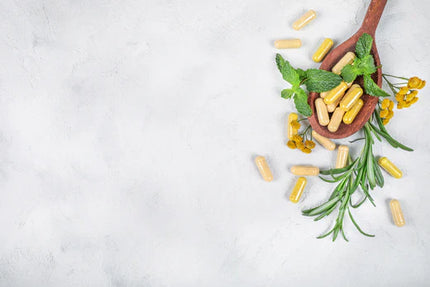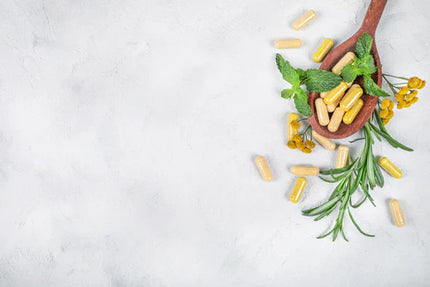Easing PMS With Herbs and Nutrients
Article
Premenstrual syndrome (PMS) and PMDD can significantly impact patients’ wellbeing. This article reviews evidence-based herbal and nutrient interventions—including Vitex, Withania, and vitamin B6—to support effective, natural management of PMS, PMDD, and cyclical mastalgia in clinical practice.




